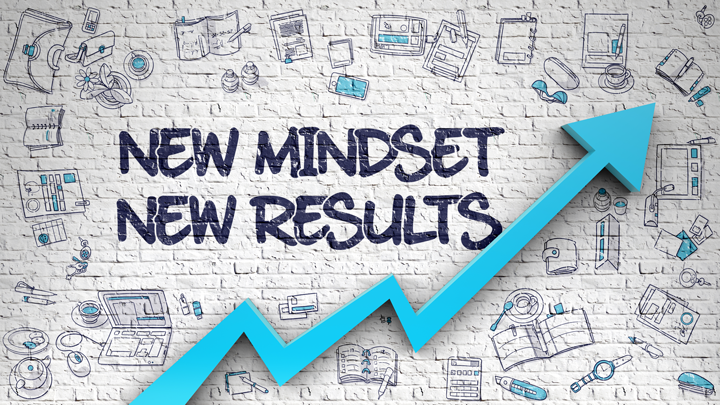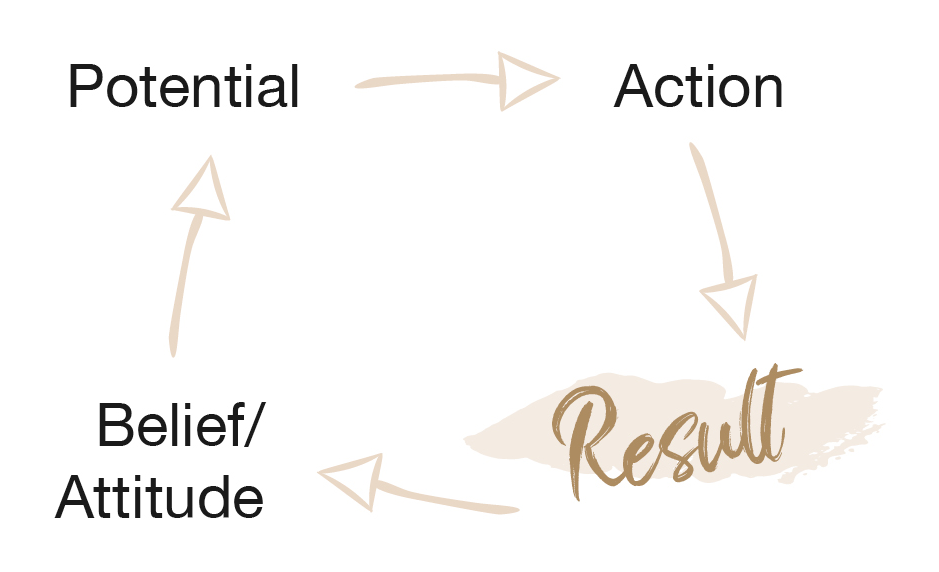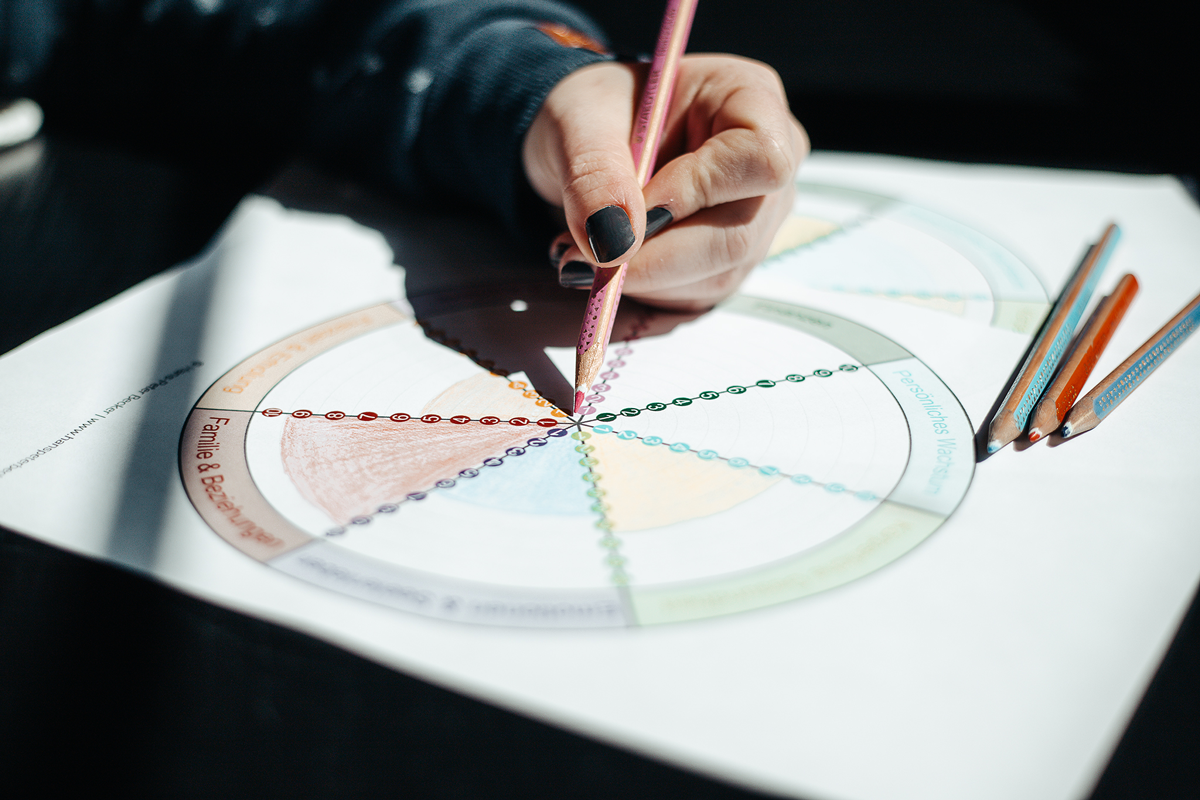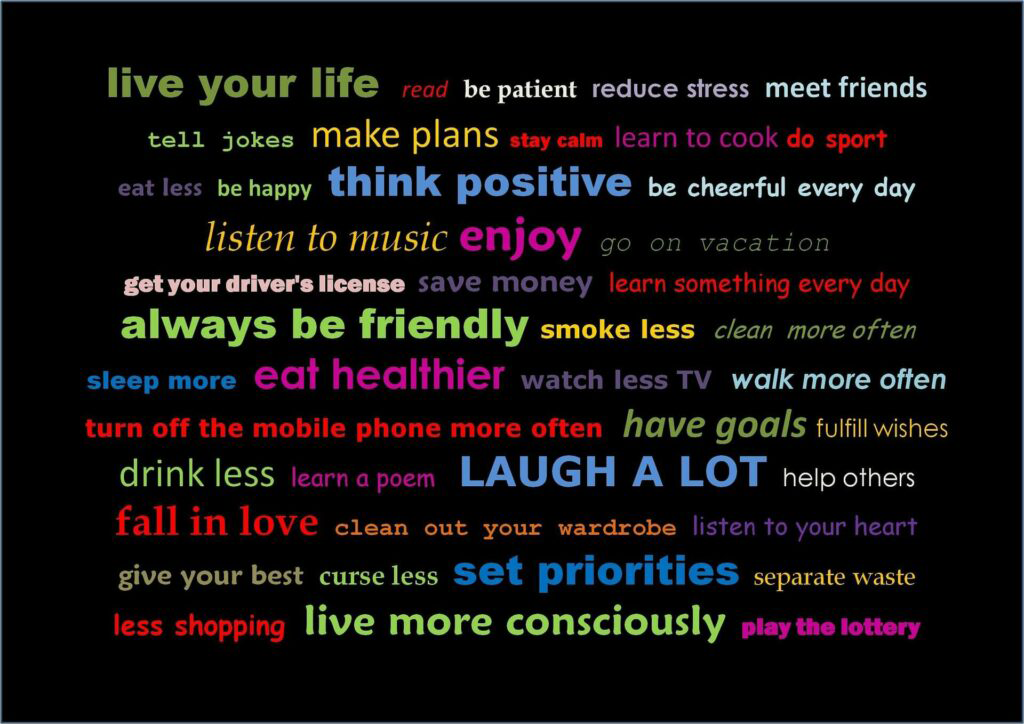Self-Management Part 4 – Dreams – Goals – Results
Latest Posts • June 09, 2020
In the blog post Self-Management Part 3, we have defined the areas in our lives where we want to improve. Now we have to think about what exactly we want to achieve. What is our lifelong dream? What is our goal, our wish for the individual areas of our life? What would make us happy?

For many people, their dreams remain unfulfilled. And often because they cannot imagine to reach them. In order to understand this better, we will take a short trip into psychology. In order to properly understand the reason why our dreams and goals are reached or not reached, I will explain a model of our psyche in a highly simplified form below.
The four areas of our psyche
Psychology (psyche – soul, mind; logic – teaching) describes and explains the experience and behavior of human beings. Between the first and the seventh year of our life, our behavior is decisively influenced. Our parents as well as our environment play a special role.
You can divide our psyche into four areas:
1. Identity:
a. Who am I?
b. Who do I identify with?
2. Values:
This is important to me: honesty, loyalty, freedom, justice, reliability,…
3. Belief systems:
The feeling that something is right, even if it is not proven or irrational.
4. Attitude:
The stories you tell yourself and others: my opinion.
The next important area outside the psyche is our ability to do things. What have we learned? What are we good at?
These five areas are expressed in our behavior. Faith and values are expressed through words and action.
Breaking the Sound Barrier
We have created our identity for ourselves and we usually stay in our comfort zone.
This makes it difficult for many people to implement a dream, because they do not believe it is possible and because they do not manage to break out of their comfort zone. But there are countless examples of people having achieved something that nobody would have thought is possible. And after only a short time, many more people achieve this. A classic example is Roger Bannister. In 1954, he was the first man to run a mile in under four minutes. Until then, it was a common belief that this sound barrier could not be broken. Only after a short amount of time, the next runner ran a mile in under four minutes and within a year, more and more runners broke this apparent barrier.
It requires 80% of the right psychology and only 20% skill to realize a dream, reach a goal or achieve a result.
It is up to us to work on the different areas and initiate change processes of our beliefs, habits etc. This is a separate topic I will come back to in a later post.
From Dream to Result
But what is actually the difference between a dream, a goal and a result?
A dream is usually something you would like to have (a big house, a great car, a perfect family…). But most of the time, you do not believe that this particular dream is achievable. Having a goal means that you have already thought about what you want to achieve. For example, you have a clear idea of what the house should look like.
And in order to achieve a result, you have to get started. Take action, do something.
The path from dream to goal and from goal to result is desirable.
The Upward Spiral
The process of successfully moving from dream to result can be easily understood by using a simple model. The model shows that with the right attitude, the existing potential (which is huge for everyone) and the appropriate implementation (action), great results can be achieved. Successful people use the “momentum” and celebrate small results. So they get into an upward spiral and reach the final result.

However, many people live in a downward spiral: if you think you have limited potential, you naturally don’t take any major action. You don’t get a positive result and this consequently reinforces the belief that you have no potential for great things.
Limitless Potential
Now take your Categories of Improvement one by one and define exactly what your result is in each area. Write down this result and look at it again the next day. Imagine that you have unlimited potential and redefine your result so that you say: if I want to achieve this, I would do anything for it…
In the next blog post, I will explain to you how you manage to not only focus on one result and neglect others, but to continuously work on all your results and improve in different areas:
CANI = Constant and never ending improvement




Leave A Comment